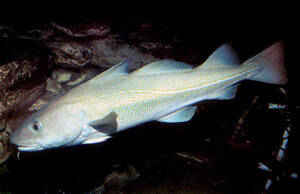
Eleginus gracilis
Eleginus gracilis,cod, bighead cod, bighead fish, bighead fish, pollack
The scientific name of cod is Eleginus gracilis. It is a kind of deep-sea fi···

Pan troglodytes
Pan troglodytes,Chimpanzee,gorilla
Chimpanzees (scientific name: Pan troglodytes) are called Chimpanzees in for···
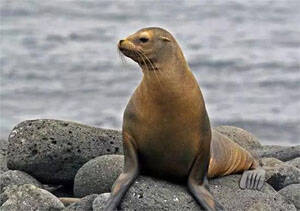
Zalophus japonicus
Zalophus japonicus
Japanese sea lion, Zalophus japonicus (Peters, 1866), is an extinct species ···
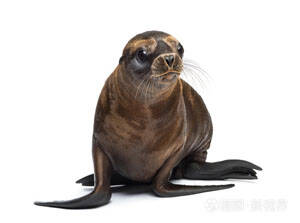
Zalophus californianus
Zalophus californianus,Californian Sea Lion
Californian Sea Lion (scientific name: Zalophus californianus), foreign name···
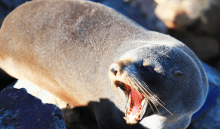
New Zealand sea lion
Phocarctos hookeri
The scientific name of New Zealand sea lion is Phocarctos hookeri, also know···
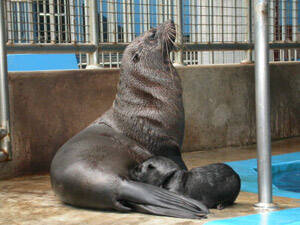
Arctocephalus pusillus
Arctocephalus pusillus,South African and Australian Fur Seal,Cape fur seal, African fur sea lion, South African fur sea lion, Australian fur sea lion
The scientific name of the African fur seal is Arctocephalus pusillus, and i···
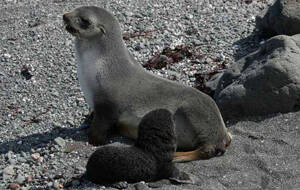
Arctocephalus gazella
Arctocephalus gazella,Kerguelen Fur seal,Island sea lions, sea wolves, Antarctic fur seals
The Antarctic fur seal (scientific name: Arctocephalus gazella) is called Ke···
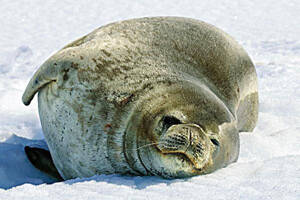
Leptonychotes weddellii
Leptonychotes weddellii,monk seal, Weddell seal, Weddell seal, Weddell seal
Weddell seal (Latin name: Leptonychotes weddellii), also known as Weddell se···
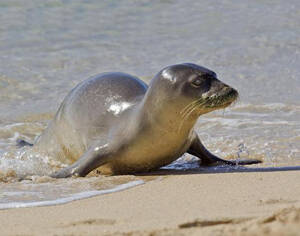
Monachus monachus
Monachus monachus,Mediterranean monk sea,Monk seal
The scientific name of the Mediterranean monk seal is Monachus monachus, and···
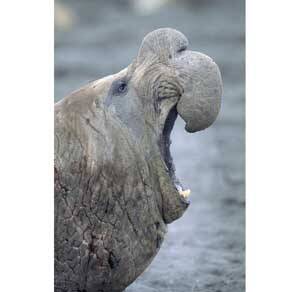
Mirounga leonina
Mirounga leonina,Southern elephant-seal
The scientific name of the Southern elephant seal is Mirounga leonina, and i···
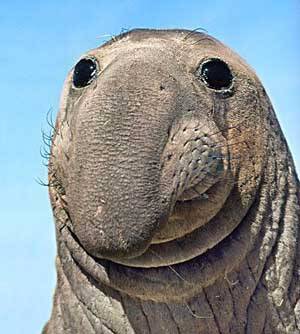
Mirounga angustirostris
Mirounga angustirostris,Northern elephant-seal,Northern elephant seal
The scientific name of the Northern elephant seal is Mirounga angustirostris···
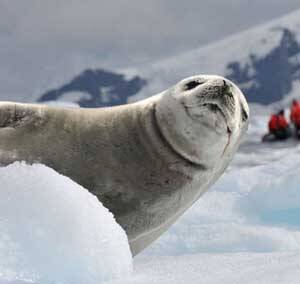
Lobodon carcinophagus
Lobodon carcinophagus,Crabeater seal
Sawtooth seals are called Lobodon carcinophagus in scientific name and Crabe···
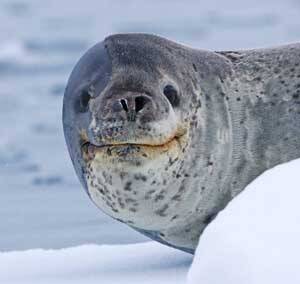
Hydrurga leptonyx
Hydrurga leptonyx,leopard seal,
Leopard seal (scientific name: Hydrurga leptonyx) is also known as leopard s···
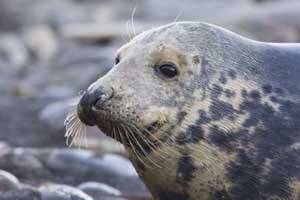
Halichoerus grypus
Halichoerus grypus,Grey seal,Atlantic grey seal
Grey seal (scientific name: Halichoerus grypus) is a large seal in the famil···
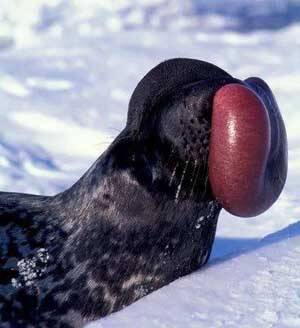
Cystophora cristata
Cystophora cristata,Hooded seal
Hooded seal (scientific name: Cystophora cristata) is also known as Hooded s···
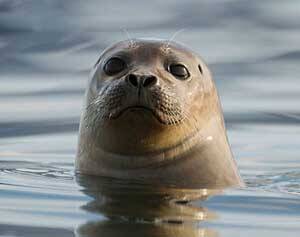
Phoca vitulina
Phoca vitulina ,Common seal
The scientific name of the harbor seal is Phoca vitulina (Linnaeus, 1758), a···

Phoca sibirica
Phoca sibirica,Baikal Seal,Siberian seal, freshwater seal
Baikal Seal (Phoca sibirica), also known as Baikal Seal in English, lives in···
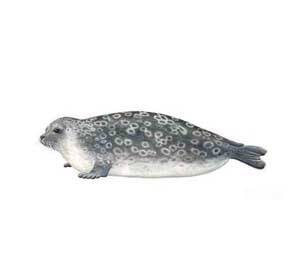
Phoca hispida
Phoca hispida,Ringed seal,Nordic seal, ice seal, ring seal
The scientific name of the ringed seal is Phoca hispida, and its foreign nam···
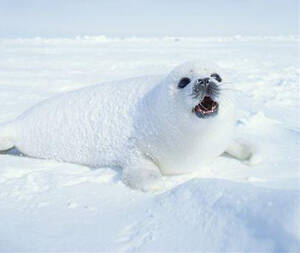
Pagophilus groenlandicus
Pagophilus groenlandicus,Harp Seal、Greenland Seal,Greenland seal, ice seal, Lyra seal, saddle seal
Harp seal (scientific name: Pagophilus groenlandicus) is also known as Harp ···
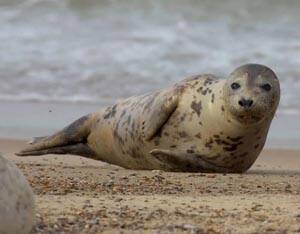
Phoca caspica
Phoca caspica,Caspian ringed seal, Phoca leucopus
The scientific name of the Caspian seal is Phoca caspica, an animal belongin···

Ommatophoca rossii
Ommatophoca rossii,Ross seal, Ross seal
The big-eyed seal (scientific name: Ommatophoca rossii) is named because of ···

Monachus tropicalis
Monachus tropicalis ,Caribbean monk seal,West Indian monk seal
Caribbean monk seal, Monachus tropicalis (Gray, 1850) foreign name Caribbean···

Monachus schauinslandi
Monachus schauinslandi,Hawaiian monk seal
Hawaiian monk seal (scientific name: Monachus schauinslandi) is the only nat···

Struthio camelus
ostrich、Struthio camelus
The largest bird on earth is the African ostrich, which is also a flightless···
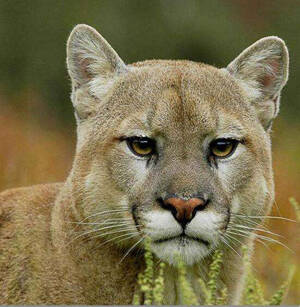
Puma concolor
Puma concolor,Puma、Mountain Lion,Mountain lion, golden cat, pounce horse
Puma (scientific name: Puma concolor) is also known as Puma or Mountain Lion···
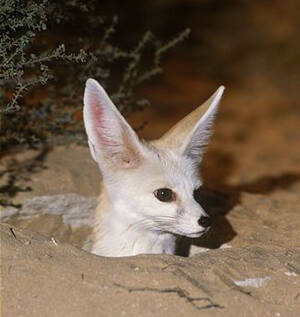
Vulpes rueppellii
Vulpes rueppellii,Rüppell's Fox,Lupper fox, Lupper fox
Rüppell's Fox (scientific name: Vulpes rueppellii) is also known as Rü···

Vulpes lagopus
Vulpes lagopus,Arctic Fox,Blue fox, white fox
Arctic fox (scientific name: Vulpes lagopus) is called Arctic Fox in foreign···
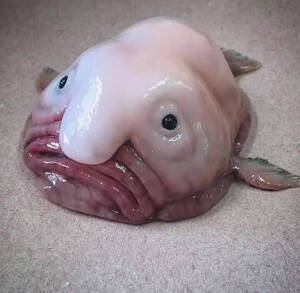
Psychrolutes marcidus
Psychrolutes marcidus,Blobfish,Sad fish, soft-spined sculpin, popper fish
The Latin name of the blobfish is Psychrolutes marcidus, and its foreign nam···

Danionella dracula
Danionella dracula,Toothpick fish
The scientific name of the vampire fish is "Danionella dracula", a···
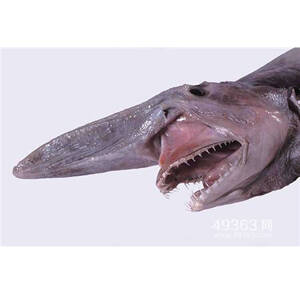
Mitsukurinidae owstoni
Mitsukurinidae owstoni,Goblin shark, Goblin shark, Goblin shark
Owstoni's sharpnose shark (scientific name: Mitsukurinidae owstoni), als···
